How to increase natural light in your basement – clever space-brightening tactics
Take a lead from interiors experts and use the strategies that boost daylight in a basement

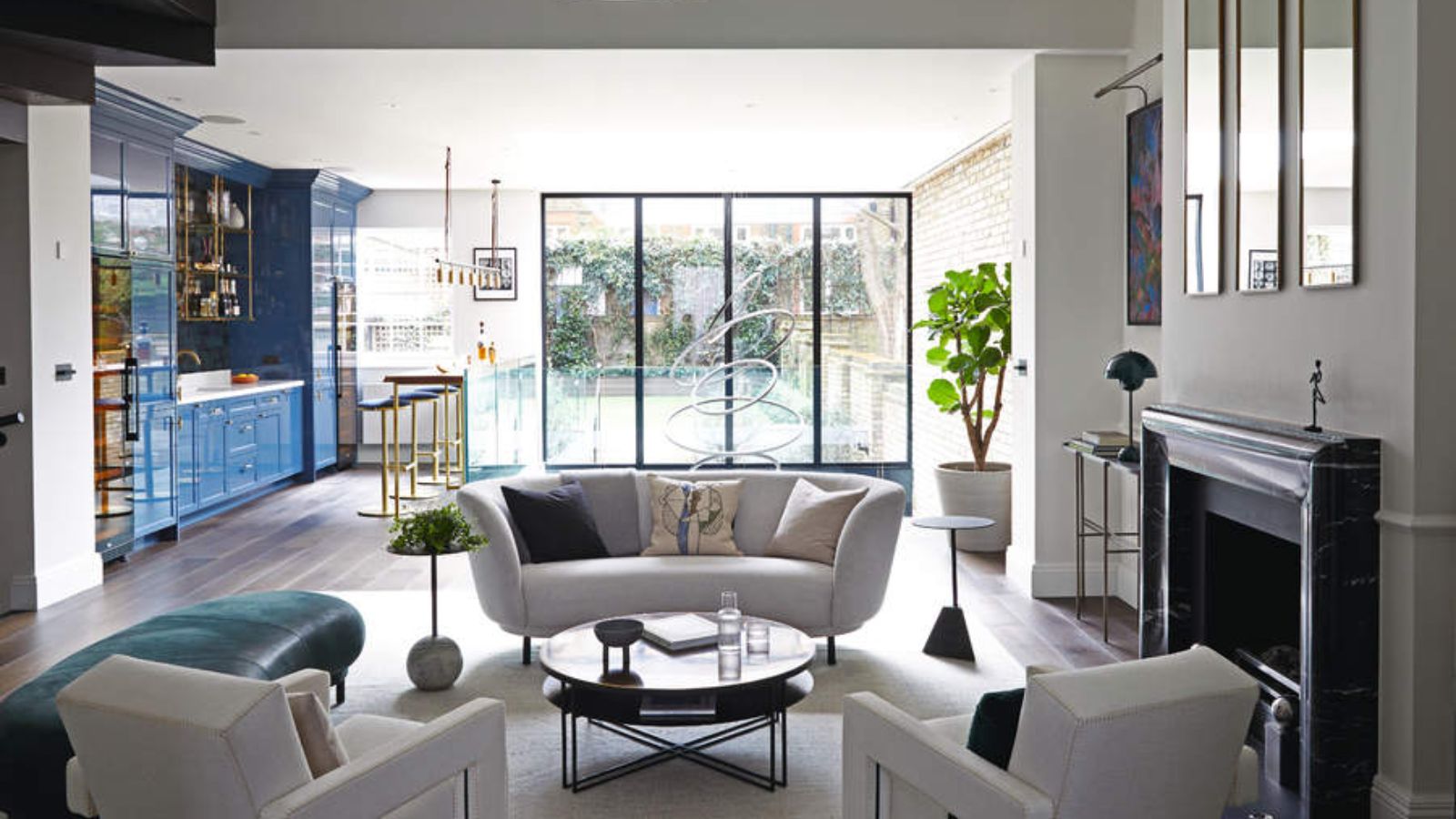
A basement that’s a livable space is a huge bonus in any home, but its location has an inevitable issue that could make it less pleasurable to use than other stories – the lack of daylight. Knowing how to increase natural light in your basement is precious knowhow.
Basement ideas for additional living spaces, playrooms, home offices, guest bedrooms and more can all make the most of your basement, but each will benefit from letting daylight in so you don’t have to rely entirely on artificial lighting.
We asked interiors specialists to recommend the ways they use to boost natural light for below-grade spaces and these are their suggestions.
Ways to increase natural light in your basement
Lacking the generous windows of other rooms, basements can feel like gloomy second-best spaces. But while basement lighting ideas are essential so it’s both practical and stylish, it is possible to increase natural light to gain its benefits.
If you’re planning a basement conversion, these methods of boosting daylight can be factored into the design from the start and budgeted for as part of basement conversion costs. But there are ways to introduce more light in an existing basement.
Whether you’re thinking of basement kitchen ideas, basement bathroom ideas, basement bar ideas, or designing for other uses, the tactics interiors professionals use will make it a more enjoyable space.
1. Use an open floor plan

A basement that adds extra living space or provides a basement games room has the potential to enjoy more natural light if it’s left open.
Design expertise in your inbox – from inspiring decorating ideas and beautiful celebrity homes to practical gardening advice and shopping round-ups.
‘Use an open floor plan to extend the room as one larger area,’ advises interior designer Nicole Cullum, Founder at Color Caravan. ‘Leave as much open space as possible to make the room feel open and allow light to flow throughout the space.’
If the plan is to include a bathroom, then this will need privacy, as will a basement bedroom, but even if this is the case, leave as much of the floor plan open as you can for maximum natural light.
2. Opt for clear partitions
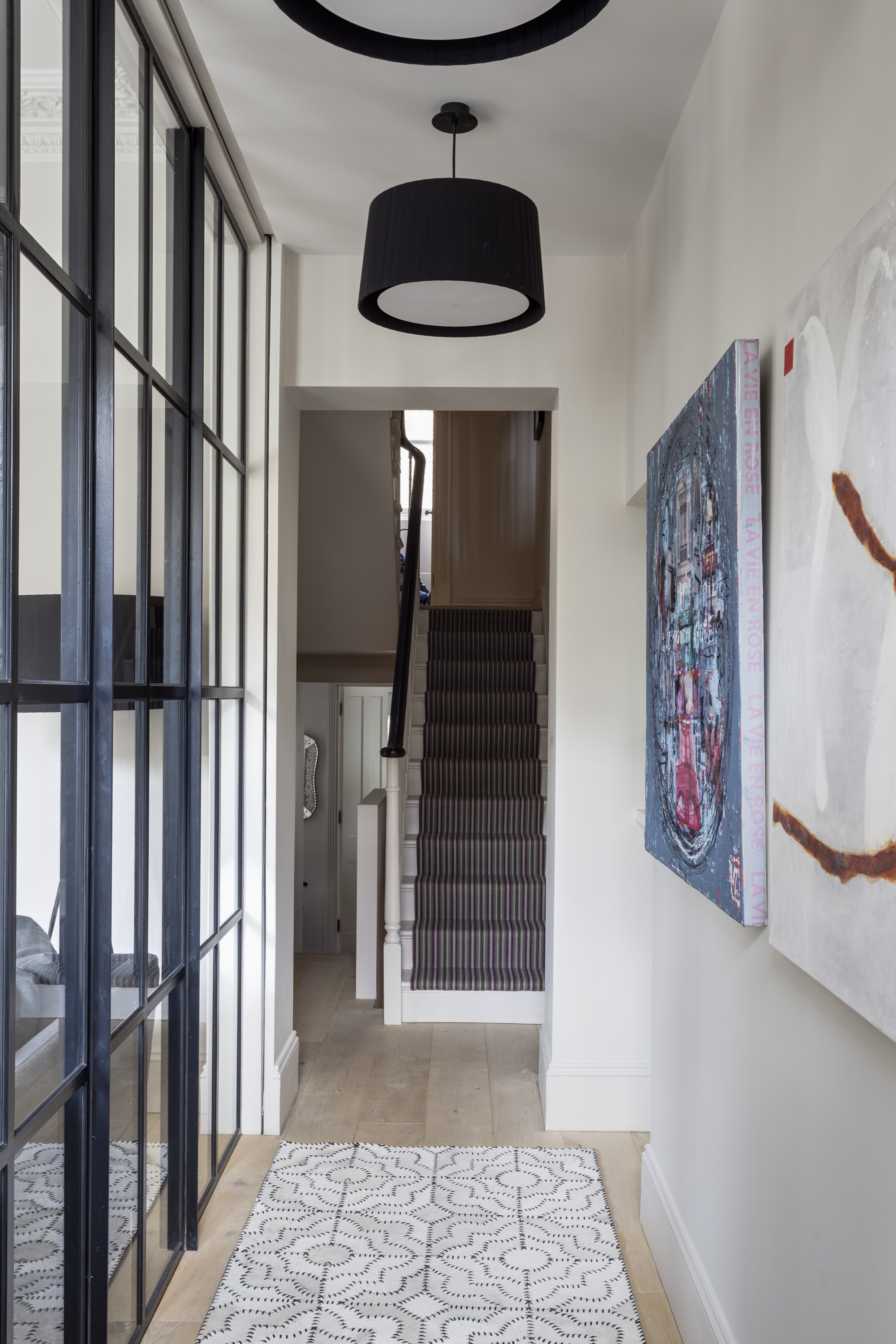
Where a basement does have to zoned, there’s still the opportunity to let light flow between some of its areas.
‘Opt for translucent partitions,’ says interior designer Artem Kropovinsky. ‘Replacing solid walls with glass or translucent materials lets light pass through, although it needs professional installation.’

Based in New York, Artem Kropovinsky boasts extensive global design experience spanning a decade. With a commitment to sustainability and authenticity, Artem, alongside his dedicated team, undertakes projects both in the US and internationally, earning recognition through prestigious design awards. Artem is the founder of Arsight, an esteemed global design firm known for its expertise in residential and commercial interior design.
3. Add an outdoor basement entrance
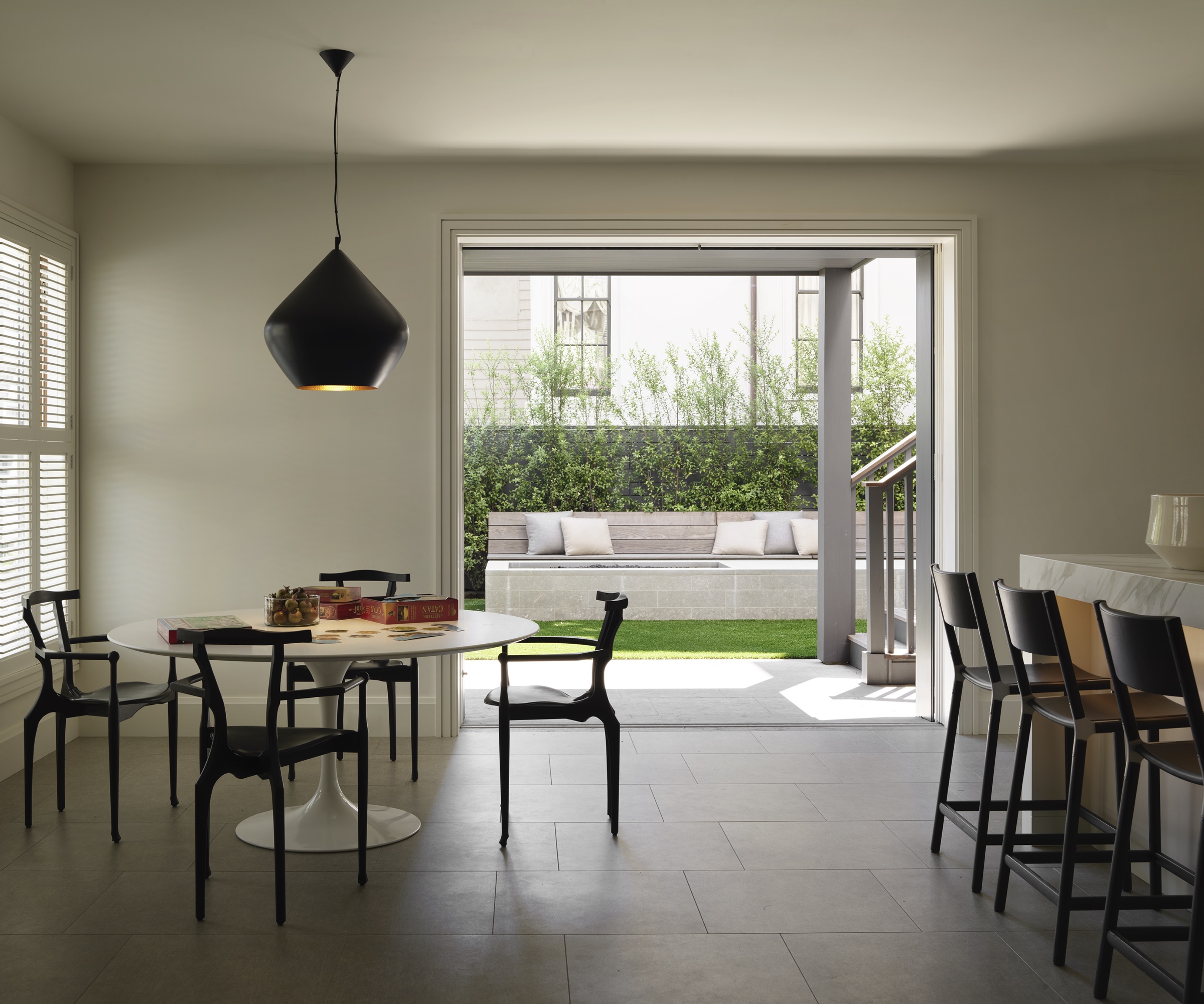
Fitting an exterior basement entrance has plenty of plus points – one of them is increasing the natural light a basement enjoys.
‘Turn it into a walkout basement, and you can fit patio doors that bring in daylight and create a link to the exterior of your home,’ says Gabriella Dyson, head of solved at Homes & Gardens.
‘It isn’t a low cost nor a simple option, and you’ll need to call in professionals. However, it can make a basement lighter and airier, and combined with a patio outside, it is a fabulous addition. It could raise resale value as well, so it’s worth considering it as an investment and for more enjoyment of your home while you’re living in it.’

Gabriella Dyson is Head of Solved at Homes & Gardens, editing and writing practical advice for homeowners in the process of cleaning, decluttering, or attempting home improvements and DIY projects.
4. Look to landscaping
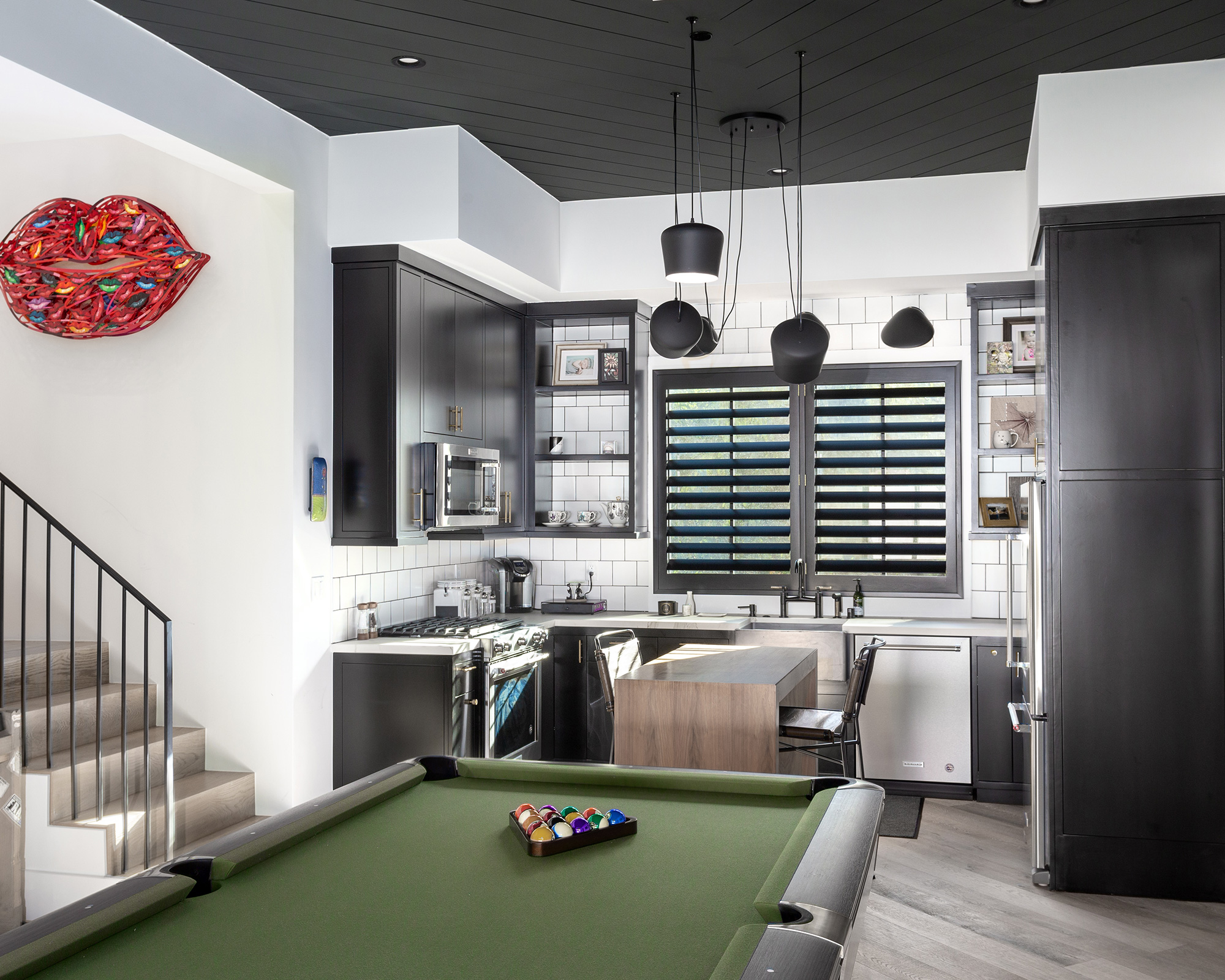
Don’t neglect what’s going on in the backyard if your goal is to boost the light reaching the basement.
‘I suggest planting trees and shrubs that allow light to filter through them,’ says Jason Farr, CEO of Aviara Pavers, which designs and creates outdoor living spaces. ‘This way, natural light can easily penetrate your basement space.
‘Trim or remove obstructive vegetation outside basement windows to allow more natural light to penetrate. It will be applicable if basement windows are partially covered by plants or trees.’
5. Pay attention to flooring

What’s under foot needs thought about its color as well as material for a basement with more light and a welcoming ambiance.
‘Keep your basement flooring light,’ says Nicole Cullum. ‘If you can add wood flooring instead of a concrete base, this will help warm the room. If you want to keep the concrete floor look, consider using a gloss epoxy layer over the concrete to help bounce light.
‘Layer your floor with a light-colored rug that coordinates with your wall color and furniture. Avoid darker colors on flooring as they will visually minimize your space instead of opening it up.’
6. Look to the walls

While some of the ways to increase natural light in a basement need contractors to achieve them, painting walls definitely doesn’t require it.
‘Choose light colors,’ advises Artem Kropovinsky. ‘Painting walls in pale hues is an easy DIY task that makes rooms appear brighter.’
Note that white is not the rule; other colors can multiply light. What’s important is to check the paint’s light reflectance value. This is expressed as a percentage, and, to increase the natural light in a basement, you should go for a paint with an LRV higher than 50 percent.
7. Hang mirrors
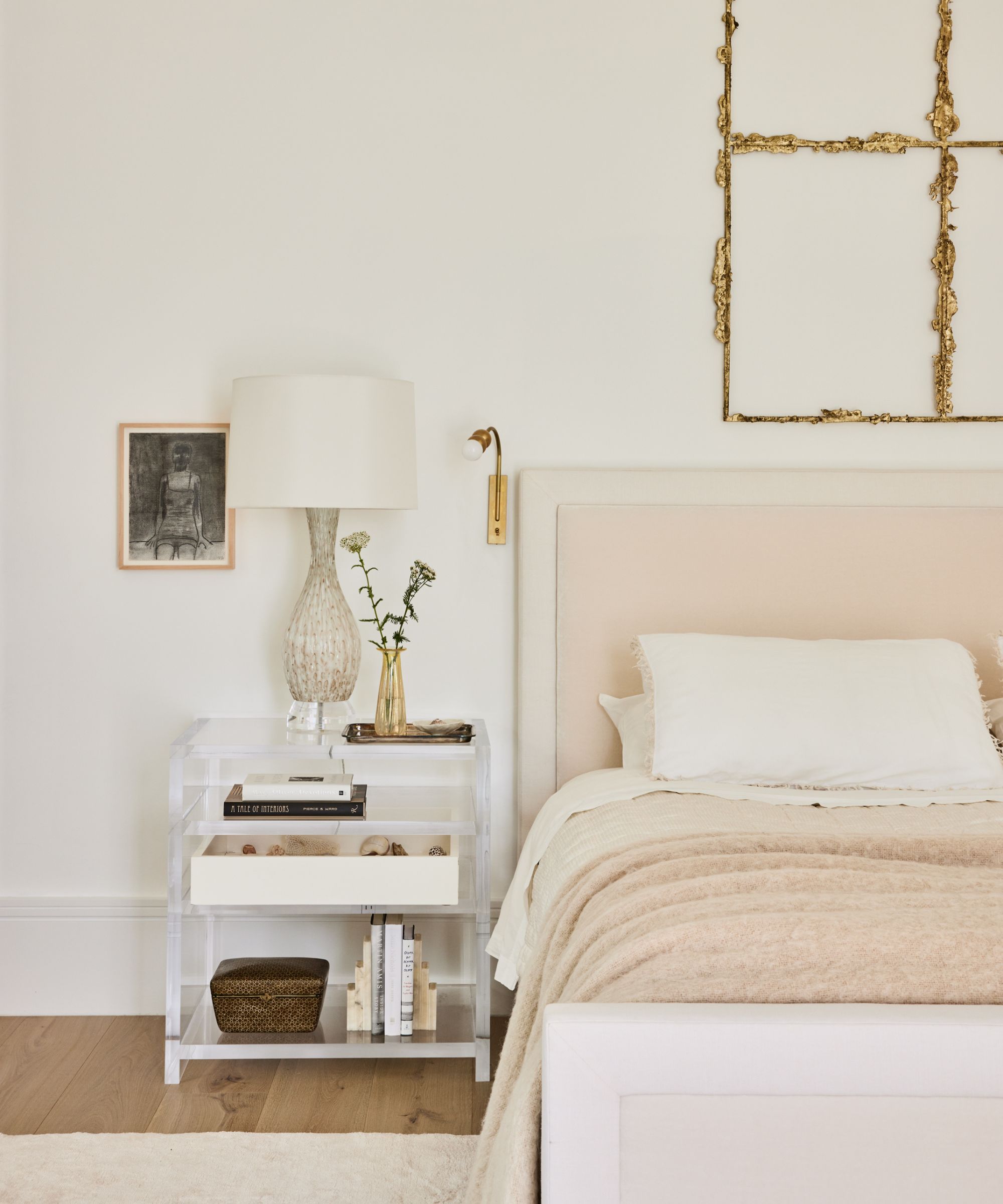
Decorating with mirrors is as good a strategy to brighten a gloomy basement as it is in other areas of the home.
‘Use mirrors to reflect light,’ recommends Artem Kropovinsky. ‘A simple DIY trick, placing mirrors opposite windows can effectively amplify natural light.’
Even when they don’t reflect a window, a sized-up wall or floorstanding mirror can bounce the daylight that’s reached the basement as the light reflects from the wall it is opposite.
8. Focus on the ceiling
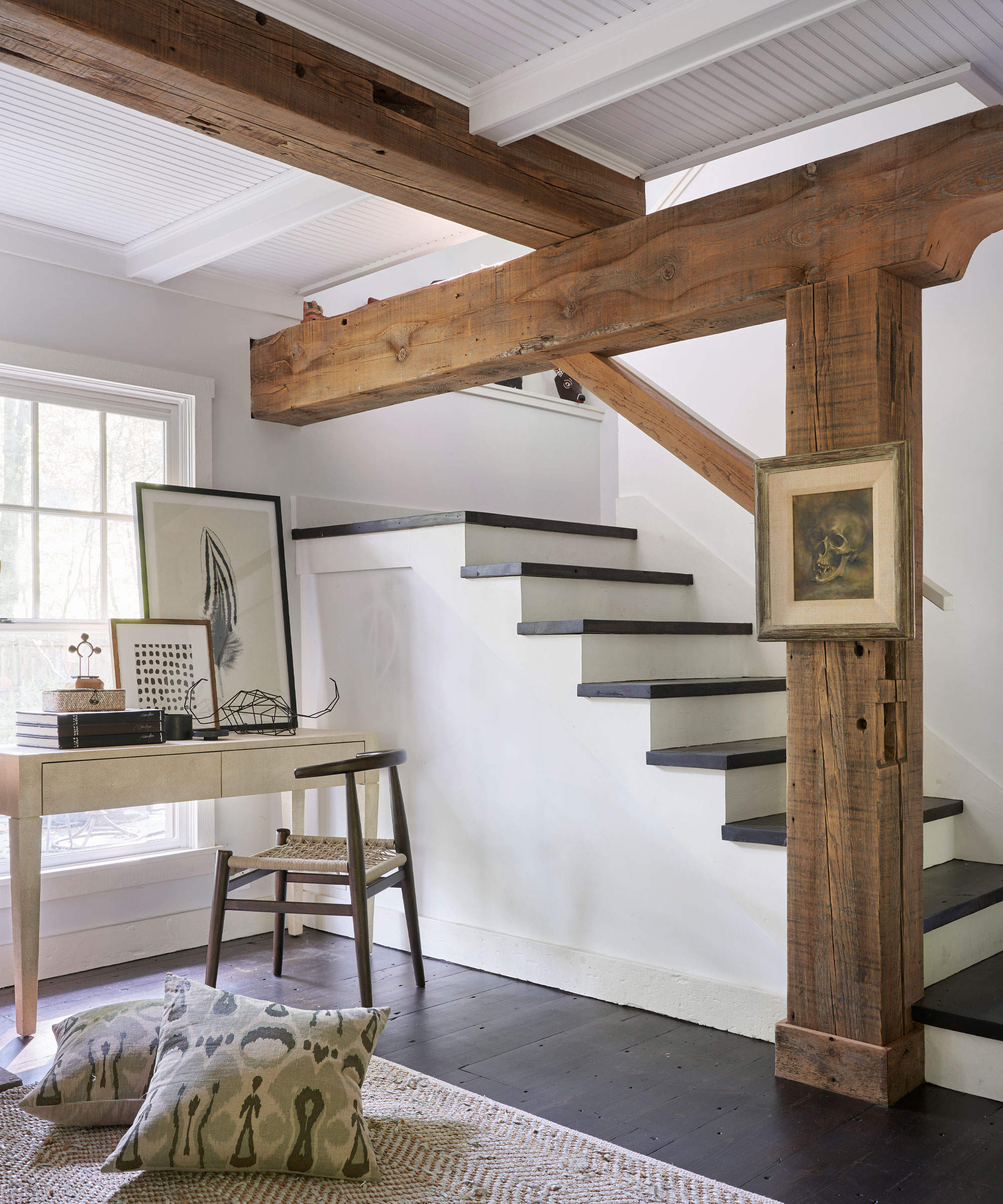
It’s not just the floor and the walls that are important for brightening up a basement with natural light.
‘Paint your basement ceiling a soft white or light color instead of leaving it dark,’ says Nicole Cullum. ‘This will visually open the room and make it feel more expansive. I recommend avoiding using a brilliant or ultra-white as it can look harsh in underground spaces. The best white paint for your room will depend on a few factors, from your room's orientation to the other colors and materials in the space.’
9. Consider light wells
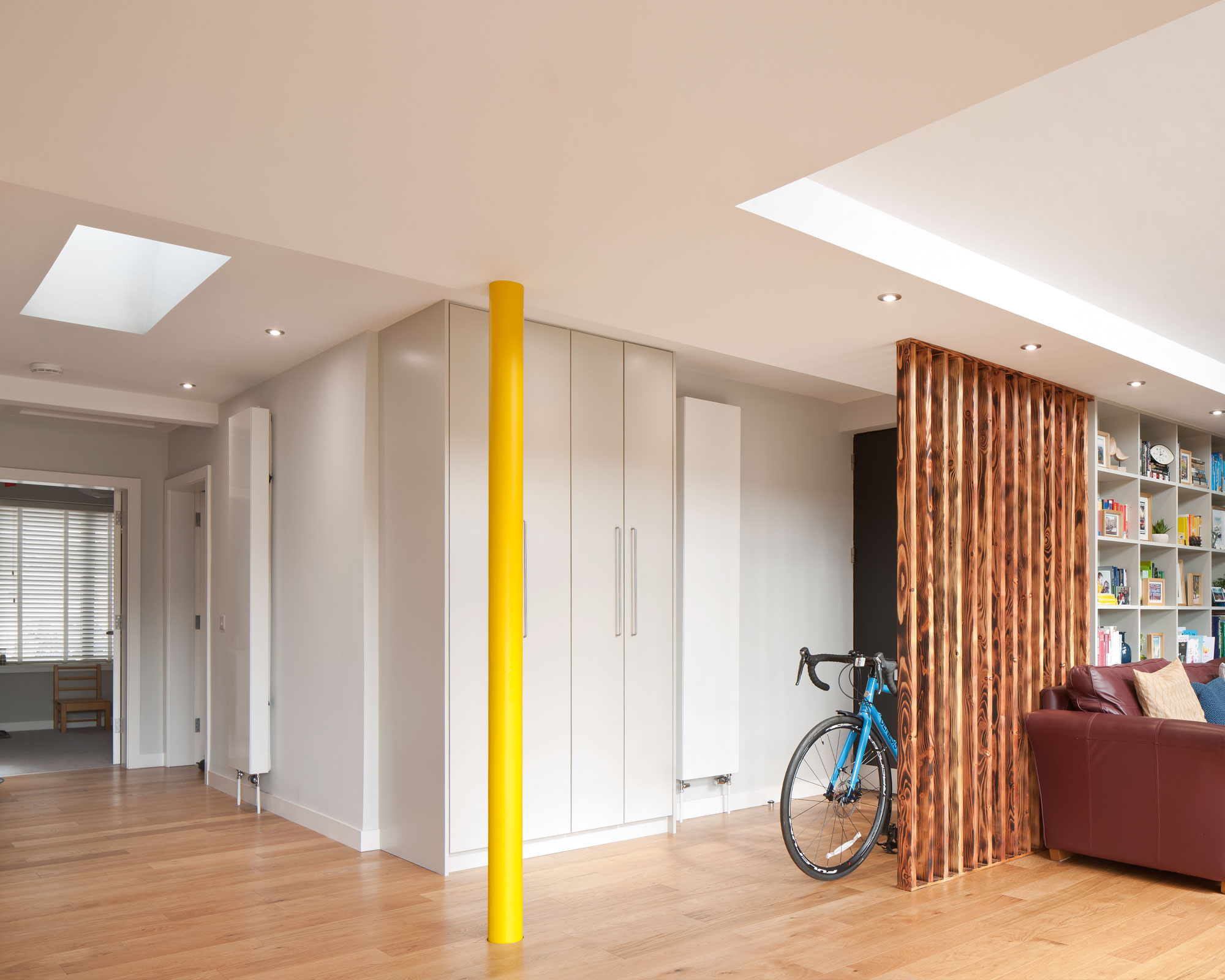
Even the dingiest of basements can be brightened with a clever intervention.
‘Designing for natural light can be achieved in existing basements even if they are totally below grade,’ says Detroit-based architect Laurie Hughet-Hiller, AIA of McIntosh Poris Architects.
‘We design light wells to bring natural light in. These can be larger to provide a view or smaller window wells for just light. Egress window wells are usually required by code in basements as well, which is an opportunity for daylight.’
10. Choose stair materials carefully

Basement stairs have the potential to block light if their materials and design aren’t considered properly. Opt for slim or even glass balusters and perhaps glass stair treads so daylight isn’t impeded. If they’re made from wood, think pale rather than dark choices and wood stains.
‘This is particularly crucial if the basement design requires that the staircase is in the middle rather than at one side of the space,’ says Gabriella Dyson. ‘A staircase should allow daylight from one zone to another and avoid making the basement more subdued.’
FAQs
Can you put a solar tube in a basement?
A solar tube is an option for bringing natural light to a basement. ‘These require a professional but are great for directing sunlight from the roof into your basement,’ says interior designer Artem Kropovinsky. The reflective tube channels the light so it reaches the basement and is emitted by an unobtrusive diffuser in the ceiling.
More daylight can improve the ambiance of any basement, and increasing it is particularly crucial for small basements, helping them look larger. If you’re planning a basement extension, light-multiplying strategies can be there from the beginning, but any basement can be improved retrospectively. Clutter is a renowned light blocker, so maintain its open feel with effective basement organization after you’ve welcomed in extra daylight.

Sarah is a freelance journalist and editor. Previously executive editor of Ideal Home, she’s specialized in interiors, property and gardens for over 20 years, and covers interior design, house design, gardens, and cleaning and organizing a home for Homes & Gardens. She’s written for websites, including Houzz, Channel 4’s flagship website, 4Homes, and Future’s T3; national newspapers, including The Guardian; and magazines including Future’s Country Homes & Interiors, Homebuilding & Renovating, Period Living, and Style at Home, as well as House Beautiful, Good Homes, Grand Designs, Homes & Antiques, LandLove and The English Home among others. It’s no big surprise that she likes to put what she writes about into practice, and is a serial house renovator.